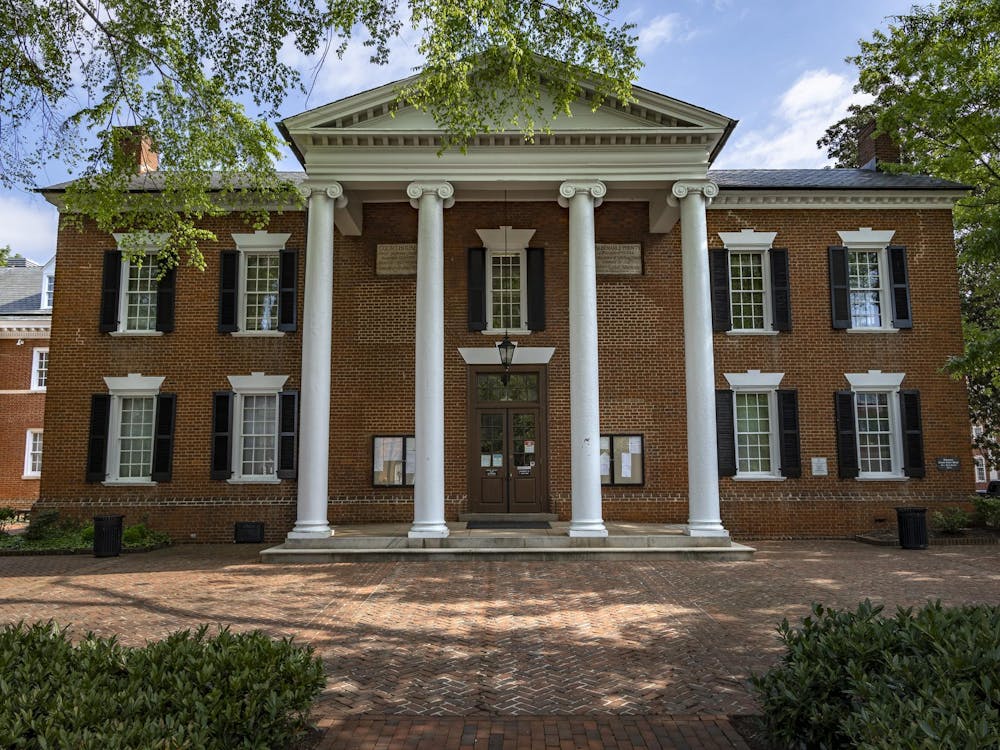A mass shooting at Marjory Stoneman Douglas High School in Florida on Feb. 14 rocked the country yet again. Claiming the lives of 17 students, the shooting will forever remain in infamy. This tragic incident provides an opportunity for schools across the country to learn from the mistakes which allowed the shooting to occur. The University has an obligation to learn crucial lessons from the deadly incident. Specifically, investing further in resources such as threat assessments and counseling services — solutions other educational institutions can apply as well.
Of these lessons, paramount is the inability of school security alone to prevent deadly violence. Security services are unable to singlehandedly detect the majority of potential threats. Rather, these services directly respond to volatile events. To prevent deadly violence, an array of violence prevention services are essential. Through tools such as threat assessment and counseling working in conjunction with school security, the chances of an event such as the Parkland shooting can be mitigated. That said, security should in no way be disregarded or deemed irrelevant. On the contrary, it proves invaluable in preventing deadly violence. Without security, schools are significantly larger targets. With other resources, however, security services will become bolstered to fully protect institutions such as the University from deadly violence when accompanied by violence prevention. Without the latter, the opportunity for events like the Parkland shooting grow.
Currently, the University implements threat assessments, established in response to the Sandy Hook Elementary School shooting in 2012, and became mandatory throughout the Commonwealth. Threat assessments have shown undisputed success in detecting serious threats, while filtering out others. Threats range from tense verbal disputes to physical confrontations on campus. Threat assessments are performed by a team composed of “persons with expertise in counseling, instruction, school administration and law enforcement,” who review all threats on Grounds, regardless of the level of intensity.
During verbal dispute reviews, for example, the individual who issued the threat is interviewed, while records of the individual's past behavior are considered as well. Attempts are made to resolve the conflict and engage with the individual to understand every angle of the story. If necessary, counseling or developmental resources are utilized. This method is distinct from a “zero-tolerance” policy, as expulsion due to threats or disputes leaves expelled students feeling resentment and anger — major drivers of violent action.
Threat assessments are crucial in ensuring less serious threats are not overblown. Through engaging with individuals, resolving the conflict professionally, and instructing proper behaviour, less serious threats are handled in less disruptive ways than suspension or expulsion. A prime example of a situation where threat assessments would have prevented disruption over a minor issue was in 2013, when two Suffolk students with records of stellar behavior were suspended. The suspension was served over the two students pretending to be soldiers using pencils as imaginary guns — a minor threat compared to an individual genuinely contemplating a mass shooting.
More importantly, threat assessments are vital in ensuring serious threats are not disregarded. By interviewing individuals, considering their records, investigating the situation and working with counseling services, major threats to the safety of students are nullified. Such checks prevent the planning of deadly violence by dealing directly with individuals. If such assessments were utilized at Marjory Stoneman Douglas High School, a chance exists that the Parkland shooting would never have occurred, especially when considering the prior actions of the accused shooter. Threat assessment teams are motivated and qualified to deal with such red flags. Counseling services are equally beneficial. In drawing lessons from the Parkland shooting, the mental turmoil and strife which plagued the accused shooter are no secret. Resources at the University such as Counseling and Psychological Services work directly with individuals to provide mental health exercises.
Violence prevention services must receive greater support, as significant imbalances exist in the resources granted to violence prevention compared to school security. Violence prevention services such as threat assessments and counseling are capable of dealing with deadly violence at its root. A close working relationship between security and prevention serves as powerful protection to students. Focusing on violence prevention is an powerful way of mitigating the risk of such tragedies happening again.
Matthew Nalls is a Viewpoint writer for The Cavalier Daily. He can be reached at opinion@cavalierdaily.com.







